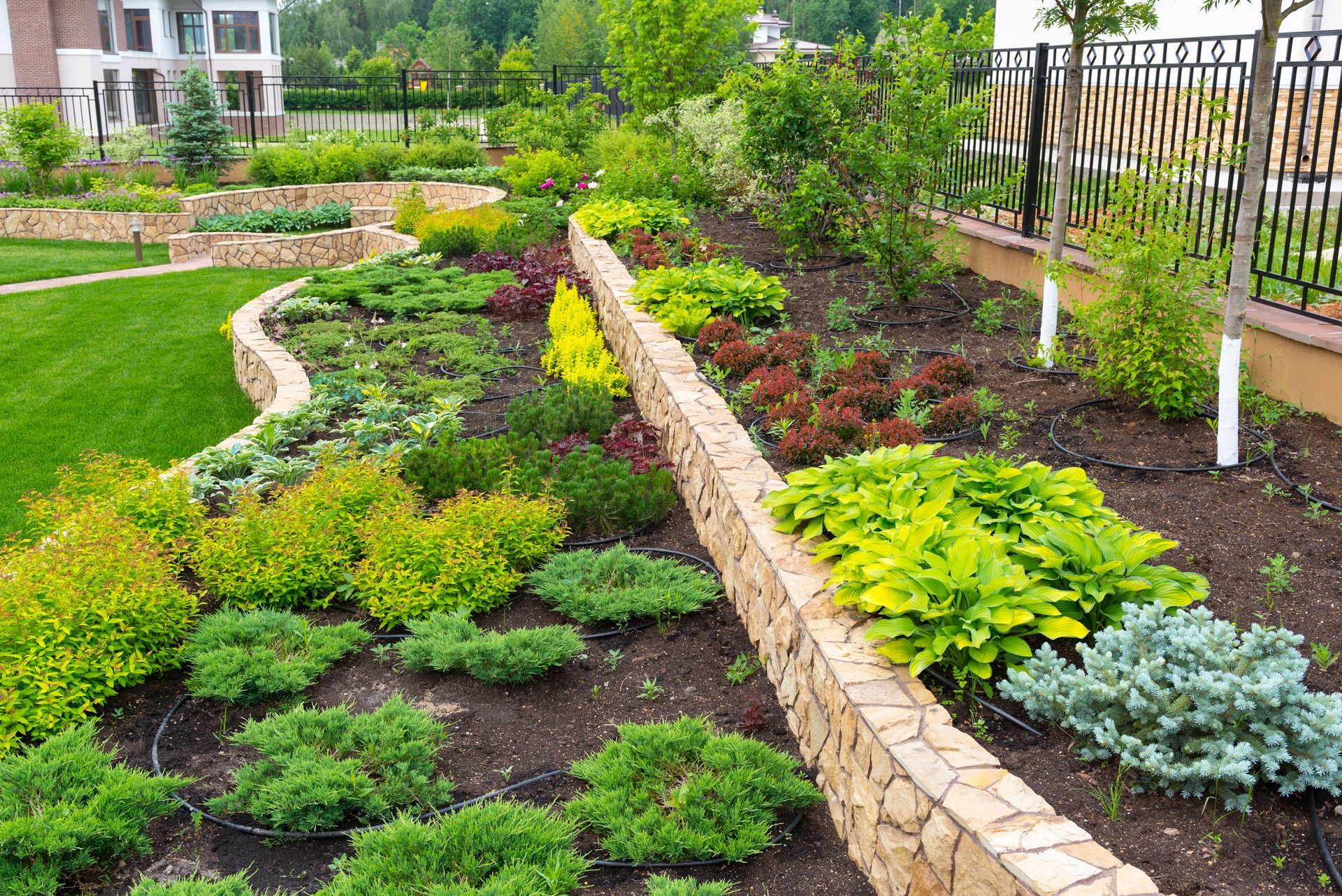3 Facts to Know When Building a Retaining Wall
Building a retaining wall can be a daunting task, but with the right knowledge, preparation, and attention to detail, it can significantly enhance your outdoor space’s functionality and appearance. They are essential for preventing soil erosion, creating level gardening areas, and adding character to your landscaping. Before diving into construction, there are several crucial facts you should know to ensure the success of your project.
1. Understanding Soil Type and Drainage Needs
First and foremost, it is vital to understand the type of soil you’re working with, as it greatly affects the stability and longevity of your retaining wall. For instance, sandy soil may require additional support compared to clay soil. Soil composition impacts drainage, which is another critical factor; poor drainage can increase pressure behind the wall, leading to potential failure over time. Ensuring proper drainage systems are in place minimizes these risks, reinforcing the wall’s integrity and ensuring long-term performance.
2. Evaluating Project Scale and Resource Requirements
Another important consideration is the overall scale of your project. According to Gitnux, the most common size for a landscaping project is 2,500 square feet, which provides a useful reference point when planning your wall. This statistic assists in determining the quantity of materials needed, as well as the labor effort required.
3. Complying With Local Regulations and Zoning Laws
Lastly, always check local regulations and zoning laws before starting construction. Many regions have specific rules regarding the building of these walls, particularly concerning height, drainage, and distance from property lines. Acquiring the necessary permits not only ensures legal compliance but also protects you from potential disputes or fines in the future. Consulting with a professional contractor or landscaper can offer valuable insights and ensure your project adheres to all local guidelines.
Constructing a successful retaining wall requires careful planning and consideration of multiple factors, from soil type and project scale to drainage systems and local regulations. Armed with these essential facts, you can proceed confidently, knowing your wall will be both functional and visually appealing. With proper preparation, attention to detail, and professional guidance when necessary, this wall will not only serve its practical purpose but also elevate the beauty, durability, and overall value of your property for years to come. For all of your retaining wall and landscaping needs, contact Wolfrath's Nursery & Landscaping today!



Share On: